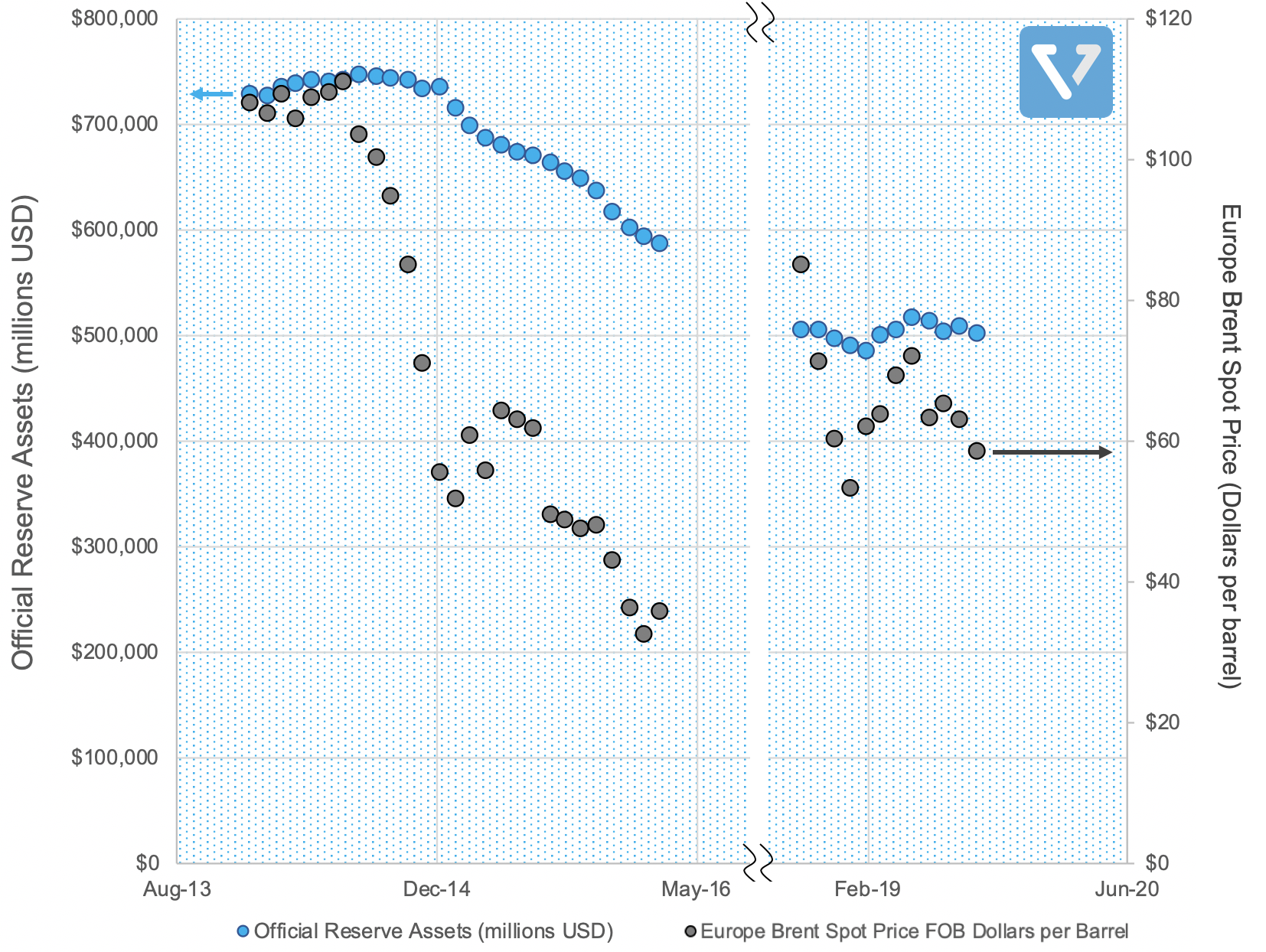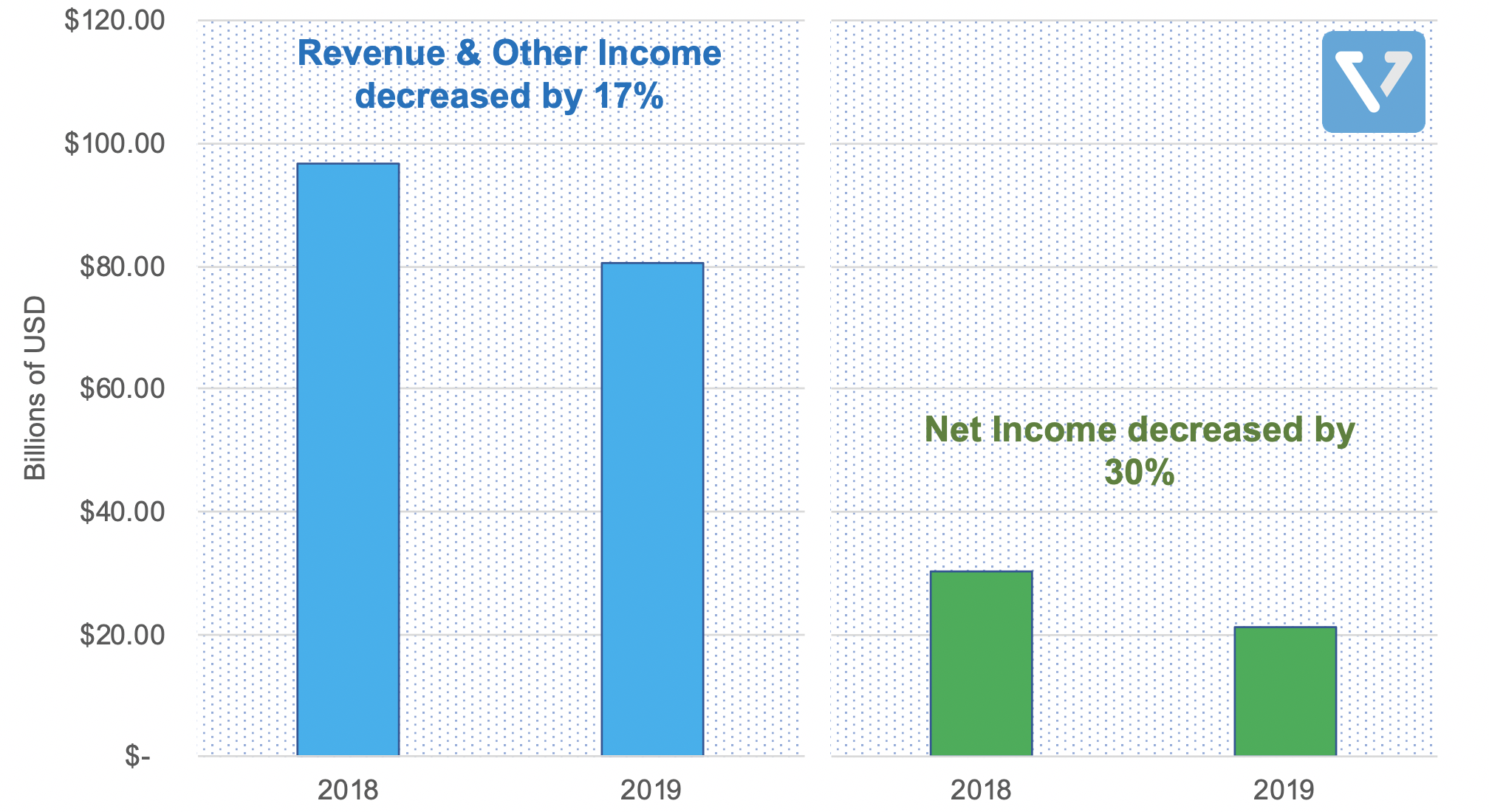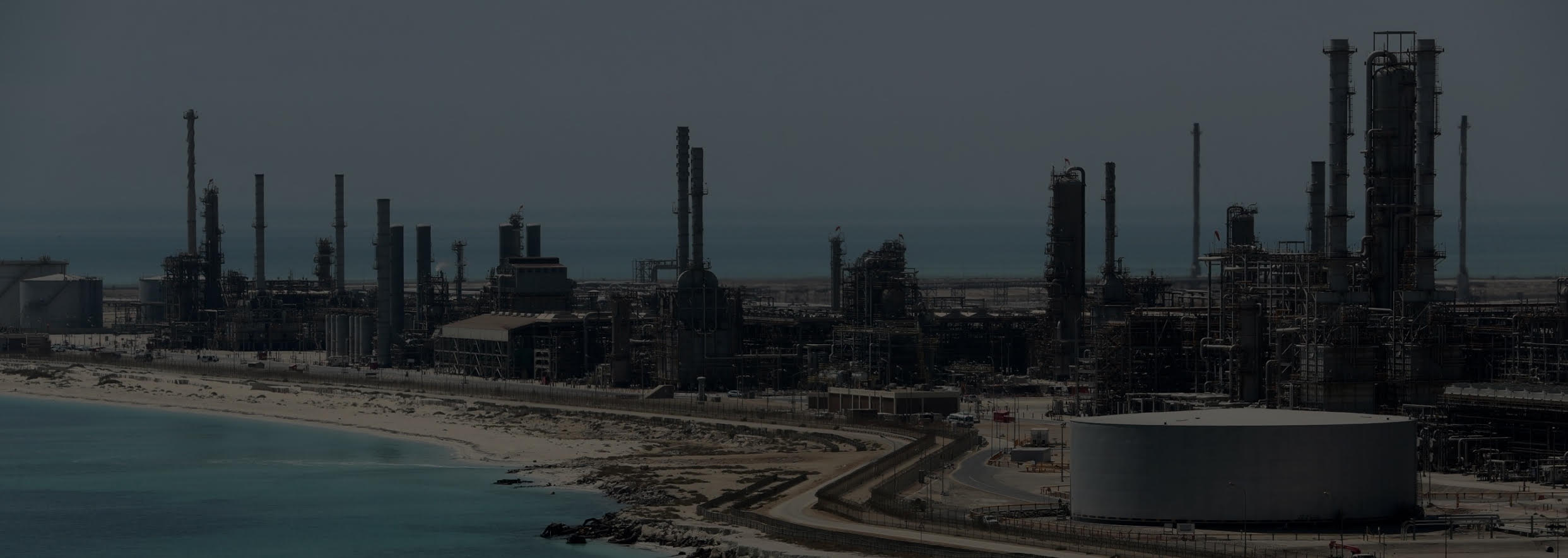Primer on the Saudi Aramco IPO
Many of you have asked about Saudi Aramco’s upcoming IPO. The company will not be IPO-ing on the US stock exchange, but here are some interesting details about the upcoming IPO.
Saudi Aramco is IPO-ing in the SaudiStock Exchange (Tadawul) in December. The company is a wholly owned subsidiary of the Saudi government, which plans to sell about 1.5% of the stake to the public (mostly local investors). It hopes to price the initial offering between $8 and $8.52 per share, which implies a US $1.6 trillion to $1.7 trillion valuation. This would make it the largest IPO of all time, but still lower than the US $2 trillion the government had hoped to achieve. Because the company is IPO-ing on the local exchange, it is not accessible for investors in the US, and is only available to regional investors in the Middle East.
Why only IPO-ing on the local exchange? There appears to be a big gap in valuation expectations between local and foreign investors. International investors from Asia, Europe and the US have indicated that the consensus of US valuation would be around US $1.1 trillion to $1.5 trillion, lower than the US $2 trillion the government wanted. Because of this mismatch, the kingdom has decided to do a local offering instead.
Why the IPO? Saudi Arabia might be running out of money. It is no secret that the country is highly dependent on oil price (90% of its exports is oil). As such, its income and reserve level fluctuates as oil prices fluctuate. Oil prices have been in decline for the past 5 years, and with this decline, so has the country’s reserves (Figure 1). Therefore, there is a real concern that the country is at risk of running out of money.
With this IPO, Aramco hopes to raise US $25 billion.

Figure 1: Saudi Arabia’s official reserve assets has been in decline, primarily driven by declining oil prices. The country’s reserve asset levels are taken from the IMF. Brent spot price from here
Governance and operational concerns. This initial public offering represents a very small ownership stake in the company. Since the Saudi government will continue to own the majority stake in Aramco, international investors have raised issues of corporate governance. Aramco acknowledges this risk in the IPO prospectus, where it states: The government may direct the company to undertake projects or provide assistance for initiatives outside [Aramco’s] core business, which may not be consistent with the company’s immediate commercial objectives or profit maximization.
Furthermore, geopolitical stability and risk of attacks in the region pose significant concern for the profitability of Aramco. Figure 2 below shows the revenue and profits of the company in Q3 of both 2018 and 2019. Revenue decreased by 17% due to the decrease of oil prices. But Net income decreased even further (by 30%) due to the attack on its processing facility.

Figure 2: Data is taken from here. In Q3 2019, net income decreased faster than the decrease in revenue due to a drone attack on one of the country’s largest oil processing facilities
As you can see, despite the negative trend, Saudi Aramco remains one of the most profitable companies in the world, exceeding even Apple. This is thanks to the lowest cost basis of oil production (WSJ data from 2016 shows that the cost is about US $8.98 per barrel; 2.6X lower than that of the US). Nonetheless, this IPO is part of the country’s broad effort to diversify its income stream, as revenue from oil is in a long term downward trajectory. For now, the initial offering is limited to investors in the region and not accessible to many in the international investing community.









